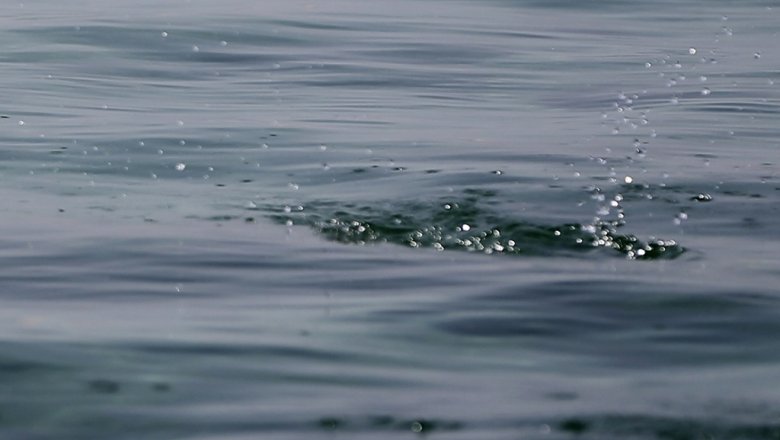Russian scientists have learned to control a levitating drops
MOSCOW, 9 November. /TASS/. Scientists from Tyumen state University learned to control drip clusters that hover above the surface of the water, reported the press service of the TSU.

According to scientists, the creation and study of levitating droplets, allows to investigate the chemical processes that occur in very small volumes of liquid.
Drip the cluster is a cluster of very small droplets with a diameter of about 1/20 of a millimeter, which occur in the evaporation of the water and levitated above the surface at the height approximately equal to the diameter of drops. Thus microdroplets are arranged in a hexagonal single-layer structure, forming a “flat fog”. First drip cluster created by Russian scientists in 2004.
In the new study, researchers from TSU used to heat water laser, and to control drops — infrared radiation.
Water on a substrate of stalowego glass (smoother than usual) heated from below with the laser, she was gone and on its surface was formed a layer drops about 35 micrometers in diameter.
Scientists have sent to a drop of the infrared rays and found that they can be used to change the size of the droplet without irradiation drops grow, and under the action of the infrared rays are reduced. As the researchers say, you can now create and control a levitating structure of the microdroplets. Drip clusters are needed for studies of processes that occur in a variety of aerosols, and this is important, since the small volumes of droplets of chemical processes are not as large.
You can take a drop, put we are interested in chemical compound and details to know what’s going on with him in a separate microcable. This gives new possibilities for research, for example, aerosols produced when spraying.Alexander Federauto research
According to the scientist, drip clusters can help in studies of biochemical processes occurring in cells.